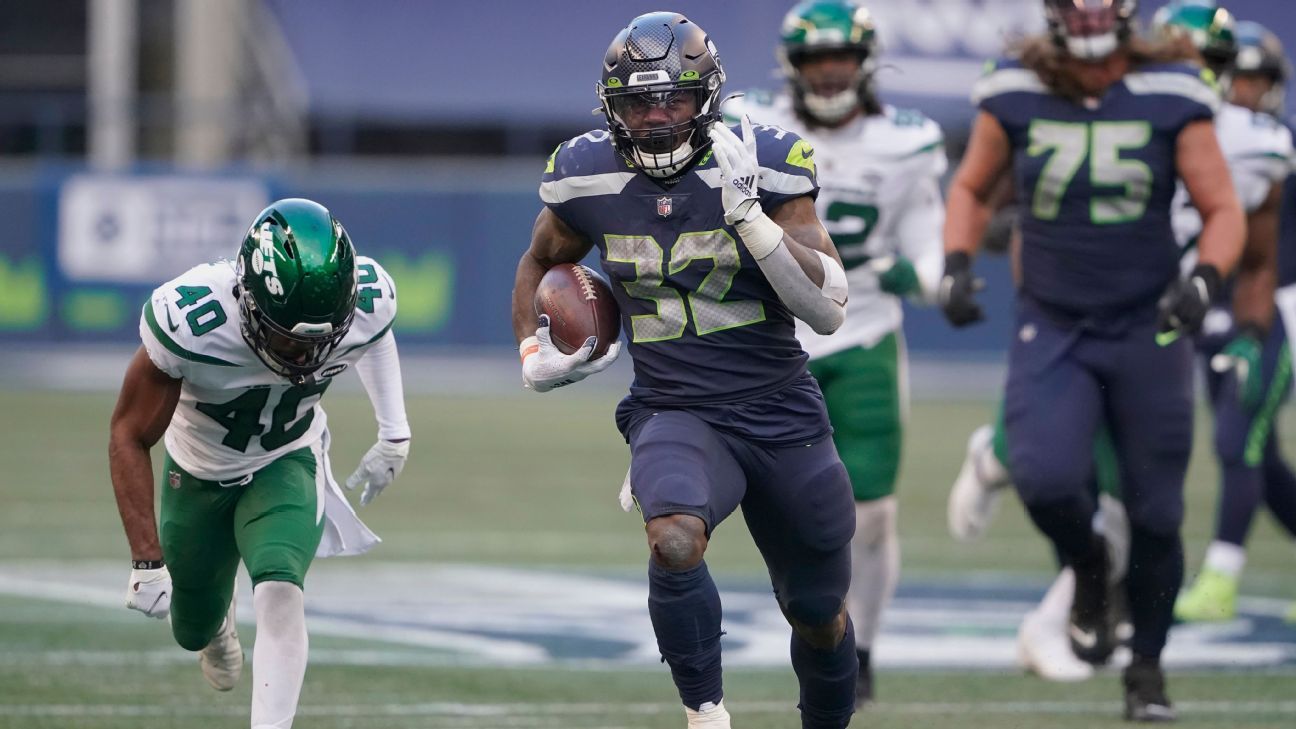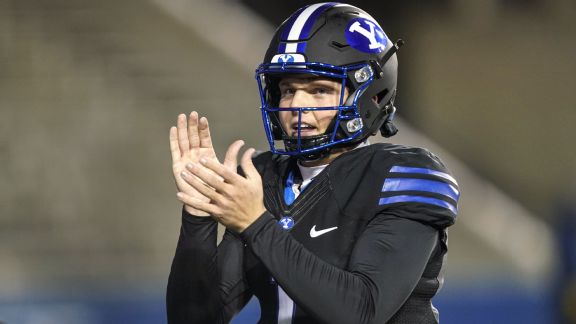
SEATTLE — During a two-month span in 2017, the Seattle Seahawks restructured the contracts of Russell Wilson and Doug Baldwin, converting base salary into signing bonus to free up salary-cap space. The Seahawks needed those savings to facilitate trades for Duane Brown and Sheldon Richardson, who each came with contracts that Seattle otherwise wouldn’t have been able to afford.
Those restructures were rare occurrences for a regime that has been among the most conservative in the NFL when it comes to using contracts like credit cards.
They were also reminders that teams can almost always work around cap constraints as long as they’re willing to accept the consequences down the road.
The Seahawks gave another reminder of that reality with the way they navigated the first two weeks of free agency, adding 13 players despite starting with less than $20 million in cap room. Their workaround of choice this time has been void years, which are artificial years added onto the end of a contract for the purpose of immediate cap relief.
General manager John Schneider and vice president of football administration Matt Thomas — who manages the Seahawks’ cap and negotiates their contracts — included them in at least seven of those 13 contracts. And while that mechanism has been used by the New Orleans Saints and other teams for years, it’s something the Seahawks had never done until the pandemic-induced drop in this year’s NFL salary cap forced them to stray from the organization’s MO.
Here’s how it works. When a player signs a contract that includes a signing bonus, he gets that money up front. But for cap purposes, the charges for that bonus are spread out evenly over the life of the deal (only up to five years). Void years further spread out those charges without actually lengthening the contract. Once the real years in the deal run out, whatever artificial years remain automatically void and the signing-bonus charges that have been deferred then count against the cap.
For instance, the two-year, $10.425 million deal Seattle gave Chris Carson includes a $4.5 million signing bonus. Normally, that bonus would count $2.25 million against the cap in each of the next two years. But by adding a voiding year to the end of the deal, it only counts $1.5 million in each of the next two years. When the deal voids in 2023, the remaining $1.5 million that was deferred will count against Seattle’s cap even though Carson will no longer be under contract.
Adding the void year to Carson’s deal allowed the Seahawks to defer $750,000 in 2021 cap charges and the same amount in 2022. The combined deferral this year from the seven deals that are known to include at least one void year is $7.375 million, with the rest coming from Carlos Dunlap ($2.1 million), Gerald Everett ($2 million), Ethan Pocic ($1 million), Benson Mayowa ($750,000), Kerry Hyder ($425,000) and Cedric Ogbuehi ($350,000). It’s not known if Al Woods’ contract includes a void year.
There’s another $4.025 million that’s deferred in 2022 between Carson, Dunlap, Mayowa and Hyder, whose deals are for two actual years. But that combined $11.4 million in deferred charges will count against Seattle’s cap between 2022 and ’23. That the Seahawks are pushing most of those charges — $8.05 million — into 2023 suggests that’s when they anticipate the cap to see a major spike from the league’s new TV deal.
At their core, void years are another way for teams to borrow cap space from future seasons. It’s the same idea as the salary-to-signing-bonus conversions that are common in the NFL. The Seahawks attempted to combine those two mechanisms in order to lower Jarran Reed’s $14 million cap charge, but he rejected their proposed restructure in a baffling decision.
That led to Reed’s release, which saved the Seahawks roughly $9 million in 2021 cap space. They’re expected to gain about $8 million in additional cap relief this year via Tyler Lockett’s extension. The new deal they gave Gabe Jackson lowered the cap number they inherited when they traded for him about $5.5 million.
Another restructure of Wilson’s contract would be one more way to free up money, but the negative cap ramifications of another salary-to-signing-bonus conversion would likely be a big deterrent. That would add even more dead money to the massive amount the Seahawks would already have to eat if they traded Wilson. It would also increase Wilson’s cap number in the final year of his deal and thereby potentially make him more expensive for Seattle to tag or extend.

While Jackson was the type of offensive line upgrade that Wilson wanted, they still might add someone to compete with Pocic at center. They undoubtedly need another cornerback after missing out on Quinton Dunbar and a third receiver to replace David Moore. They also need a strong-side linebacker, whether it means bringing back K.J. Wright for an 11th season with the team or signing a veteran to compete with Cody Barton for that job.
The Seahawks might eventually have to free up more money in order to fill those remaining holes and have enough left over for in-season additions, which Schneider has always considered an important piece of roster building.
But as the last few weeks have shown, there are always a few ways to do that.
